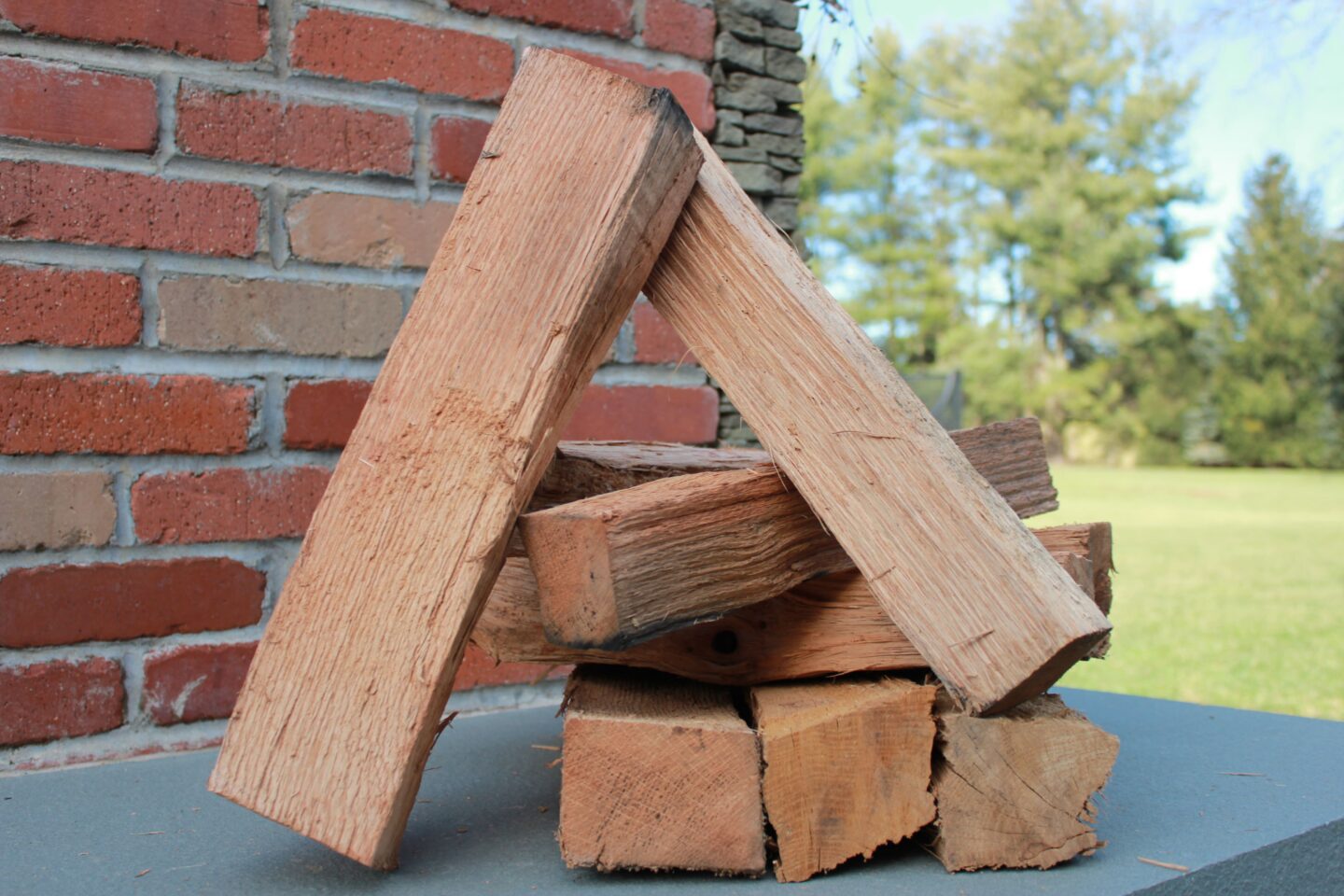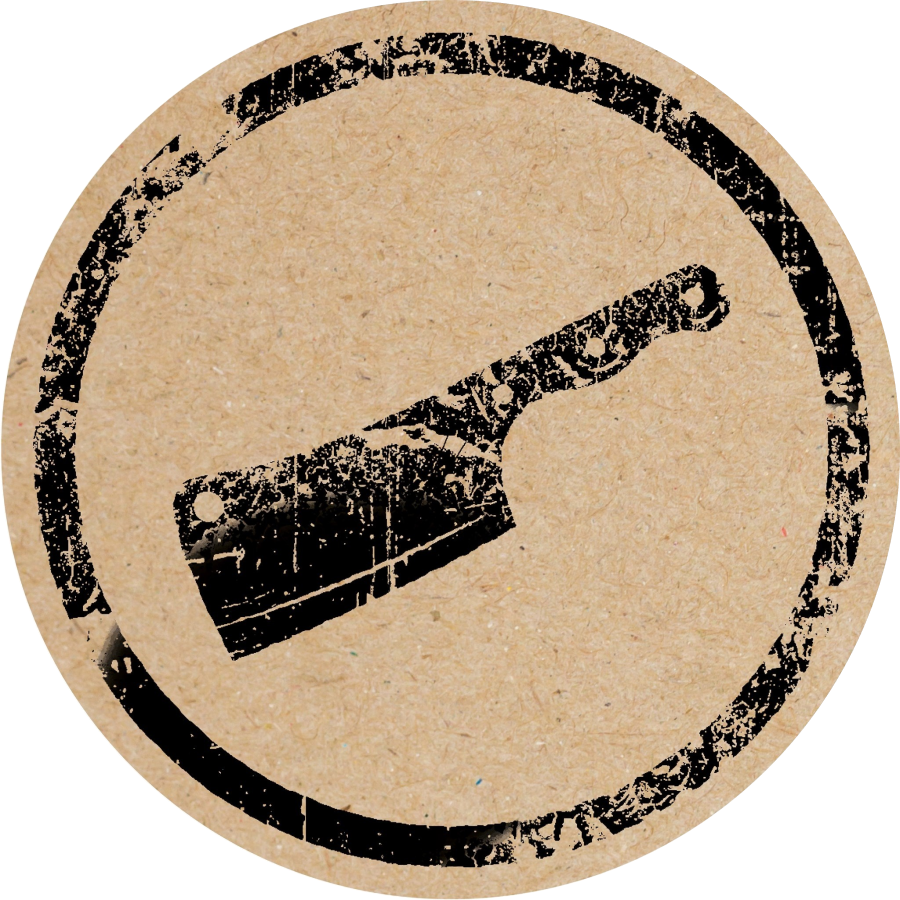When it comes to wood usage, understanding the distinctions between firewood and cooking wood is essential for both safety and achieving optimal results in heating and culinary applications.
What is Firewood?
Definition and Primary Uses:
Firewood refers to any wood that is harvested and prepared primarily for burning to produce heat. It’s commonly used in fireplaces, wood-burning stoves, and outdoor fire pits to warm homes or outdoor spaces.
Common Types of Wood Used as Firewood:
- Oak: A dense hardwood known for its long burn time and high heat output.
- Maple: Another hardwood that provides steady heat and burns relatively cleanly.
- Birch: Lights quickly and burns hot, though it doesn’t last as long as denser woods.
Characteristics:
Firewood is typically chosen for its ability to burn efficiently and produce substantial heat. The focus is on the wood’s heating properties rather than flavor or aroma.
What is Cooking Wood?
Definition and Primary Uses:
Cooking wood is specifically selected and processed for culinary purposes, such as grilling, smoking, or baking in wood-fired ovens. The choice of wood can significantly influence the flavor profile of the food being prepared.
Common Types of Wood Used for Cooking:
- Hickory: Offers a strong, smoky flavor, ideal for pork and ribs.
- Apple: Provides a sweet, fruity aroma, suitable for poultry and pork.
- Cherry: Imparts a mild, sweet flavor, excellent for fish and chicken.
Characteristics:
Cooking woods are selected for their flavor contributions, burn temperature, and smoke production. They are typically hardwoods that burn steadily and impart desirable flavors to food.
Key Differences Between Firewood and Cooking Wood:
Moisture Content and Seasoning:
Proper seasoning reduces moisture content, which is crucial for both firewood and cooking wood. However, cooking wood often requires more meticulous seasoning to ensure clean smoke and optimal flavor infusion.
Wood Density and Burn Properties:
Hardwoods like oak and hickory are denser, providing longer burn times and more consistent heat, which is beneficial for both heating and cooking applications.
Impact on Flavor and Food Safety Considerations:
While firewood is selected for heat output, cooking wood is chosen for the specific flavors it imparts. Using inappropriate wood types, such as softwoods or treated lumber, can release harmful toxins, making them unsafe for cooking.
Choosing the Right Wood for Your Needs:
Guidelines for Selecting Appropriate Wood Based on Intended Use:
- For Heating: Opt for dense hardwoods like oak or maple that provide sustained heat output.
- For Cooking: Select hardwoods known for their flavor profiles, such as hickory for a strong smoky taste or applewood for a sweeter, milder flavor.
Safety Tips and Best Practices for Storage and Handling:
- Storage: Keep wood in a dry, well-ventilated area to prevent mold and decay.
- Handling: Wear gloves to protect against splinters and ensure wood is free from pesticides or chemicals, especially when used for cooking.
Conclusion
Understanding the differences between firewood and cooking wood is crucial for achieving the desired outcomes in heating and culinary endeavors. By selecting the appropriate type of wood and following best practices in storage and handling, you can ensure both safety and optimal performance in your wood-burning activities.










